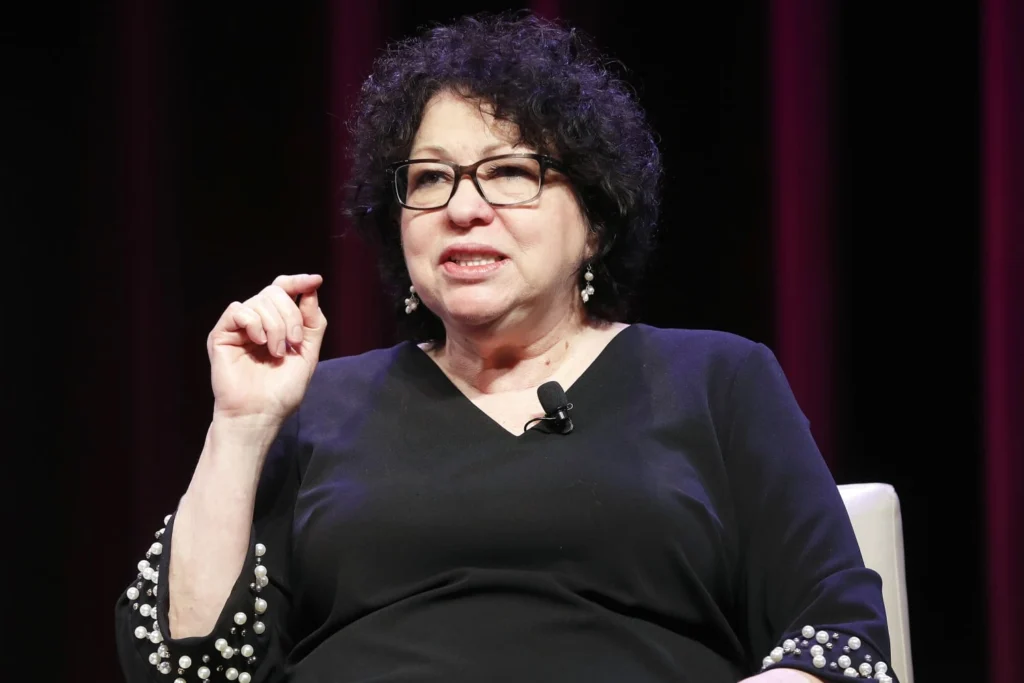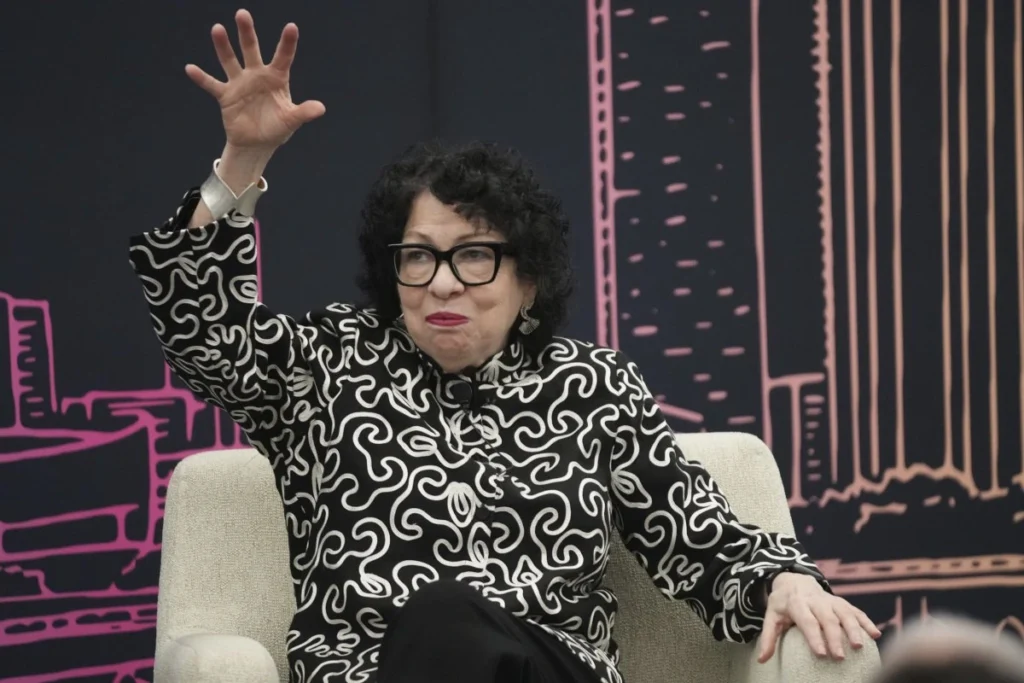Sonia Sotomayor, the first Latina to serve on the U.S. Supreme Court, has made a lasting impact on the American legal landscape. Known for her powerful and thought-provoking opinions, Sotomayor has become a trailblazer not only for Latinas but for anyone seeking to break barriers in the legal field. Her journey from humble beginnings to the highest court in the land is a testament to her resilience, intellect, and unwavering dedication to justice.
Early Life and Education Sonia Sotomayor
Sotomayor was born on June 25, 1954, in the Bronx, New York, to Puerto Rican parents. Raised in a working-class family, she faced many obstacles growing up, but her determination to succeed never wavered. Sotomayor was diagnosed with diabetes at the age of seven, a challenge she confronted head-on, often with the support of her mother, who worked hard to provide for the family.
Her academic potential was evident early on. Sotomayor excelled in school, eventually earning a spot at Princeton University, where she majored in History. She graduated summa cum laude in 1976 and later attended Yale Law School, where she earned her Juris Doctor degree in 1979. Sotomayor’s time at Yale was marked by her commitment to social justice and her growing interest in how law can serve marginalized communities.
Breaking Barriers in the Legal Profession
Sotomayor’s career in law began shortly after she graduated from Yale. Her first position was as a law clerk for Judge Robert Moreno of the U.S. District Court for the District of Puerto Rico. From there, she went on to work as an assistant district attorney in the New York County District Attorney’s Office. In these roles, she developed a deep understanding of criminal law and gained invaluable experience.
In 1991, President George H.W. Bush nominated Sotomayor to the U.S. District Court for the Southern District of New York. This was a significant achievement, but it was just the beginning. During her tenure as a federal judge, Sotomayor developed a reputation for her thorough analysis and fair-minded approach. She was known for her ability to make difficult decisions and her keen understanding of both the law and human nature.

A Historic Appointment to the U.S. Supreme Court
Sotomayor’s rise to the U.S. Supreme Court came in 2009, when President Barack Obama nominated her to fill the seat vacated by Justice David Souter. Her confirmation was historic, as she became the first Latina to serve on the Supreme Court, a moment that was celebrated by many as a triumph for diversity and representation in American government.
During her confirmation hearings, Sotomayor’s qualifications were never in question. However, her comments in a 2001 speech at the University of California, Berkeley, sparked controversy. She had stated that “a wise Latina woman with the richness of her experiences would more often than not reach a better conclusion than a white male who hasn’t lived that life.” These remarks were seen by some as divisive, but Sotomayor defended them by explaining that her intent was to emphasize the importance of diversity and different perspectives in decision-making.
Sotomayor’s confirmation was approved by the Senate with a 68-31 vote, and she was sworn in as the 111th justice of the U.S. Supreme Court on August 8, 2009. Her appointment was a watershed moment for the court, which was now more diverse in terms of race and gender than ever before.
Judicial Philosophy and Legacy
Sotomayor’s approach to the law is characterized by her deep sense of empathy and her belief that the law should serve all Americans, especially those who are most vulnerable. Throughout her tenure on the Supreme Court, she has been known for her willingness to speak out on issues related to race, gender, and social justice.
In her judicial opinions, Sotomayor has often emphasized the importance of fairness and equity. She has been a strong advocate for criminal justice reform, voting rights, and reproductive rights. Her dissenting opinions, in particular, have drawn attention for their impassioned arguments in favor of marginalized communities.
One of Sotomayor’s most well-known dissents came in 2013, when the Supreme Court ruled to strike down a key provision of the Voting Rights Act. Sotomayor wrote a powerful dissent, arguing that the decision undermined the progress made in protecting voting rights for African Americans and other minorities. Her commitment to civil rights has made her a strong voice for those who are often left unheard in the legal system.

Continuing Influence
Sotomayor’s influence extends beyond her role as a judge. She has become a role model for young Latinas and other underrepresented groups who aspire to follow in her footsteps. Her memoir, My Beloved World, offers an intimate look at her life and career, providing inspiration to those who may feel that the legal profession is out of reach.
In addition to her legal work, Sotomayor is actively involved in public speaking and education. She frequently participates in events aimed at promoting diversity and encouraging young people to pursue careers in law. Her efforts to make the legal field more inclusive and accessible have solidified her place as a true trailblazer in American history.
Conclusion
Sonia Sotomayor’s journey to the U.S. Supreme Court is a testament to her perseverance, intelligence, and commitment to justice. As the first Latina justice on the nation’s highest court, she has broken barriers and challenged the legal system to be more inclusive and equitable. Her legacy as a champion for civil rights, social justice, and diversity will continue to inspire future generations of lawyers, judges, and advocates for years to come.





